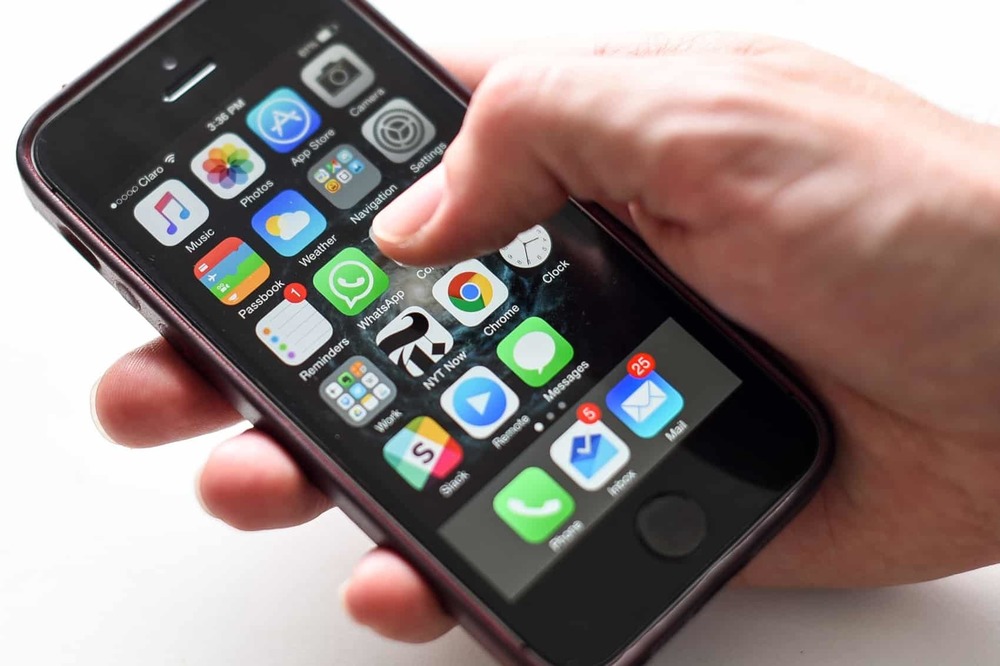In a move aimed at restoring focus and reducing classroom distractions, Governor Kevin Stitt signed Senate Bill 139 into law this May, mandating a statewide ban on student cell phone use during school hours starting in the 2025–2026 school year.
The bill, authored by Sen. Ally Seifried (R‑Claremore) and Rep. Chad Caldwell (R‑Enid), requires public school districts to implement “bell-to-bell” policies prohibiting students from using personal electronic devices—including smartphones, smartwatches, and wireless earbuds—throughout the school day.
“Let Teachers Teach”
Supporters of the bill say the goal is simple: let teachers teach and students learn—without the constant pull of screens.
“Classrooms should be places of learning, not texting,” said Sen. Seifried. “By limiting phone use, we’re giving students the chance to be fully present.”
Gov. Stitt echoed those sentiments at the bill signing. “We’re helping teachers reclaim instructional time, and we’re putting students on a path to stronger academic and social development.”
One-Year Requirement, Long-Term Option
The bill mandates all districts adopt a no-phone policy for the 2025–2026 school year. After that, the rule becomes optional, leaving local boards the authority to renew or revise the policy based on community needs.
Districts across Oklahoma are already preparing. Some, like Commerce Public Schools, are purchasing phone lockers and setting clear procedures for drop-off and retrieval. Others are working with parents to communicate expectations and address student safety concerns.
Mental Health and Academic Benefits
Research from national education and mental health organizations suggests the move could be a step in the right direction. Studies have linked frequent phone use to reduced academic performance, increased anxiety, and sleep disruption among teens.
A recent survey by the National Education Association found over 90% of teachers support classroom phone restrictions, with many calling them necessary for restoring student focus and respect.
Exceptions in Place
SB 139 includes key exceptions:
School-issued devices for instructional use
Health-monitoring devices (e.g., diabetes monitors)
Emergency situations, as determined by administrators
Parents will still be able to contact their children through the main office, and students may keep phones in lockers or vehicles.
The Bigger Picture
Oklahoma joins more than a dozen other states moving toward tighter controls on student phone use. While critics argue it may be difficult to enforce, supporters see the bill as a bold move to confront tech-related learning barriers head-on.
“This isn’t about punishment,” said Rep. Caldwell. “It’s about building better habits and helping our kids thrive.”

